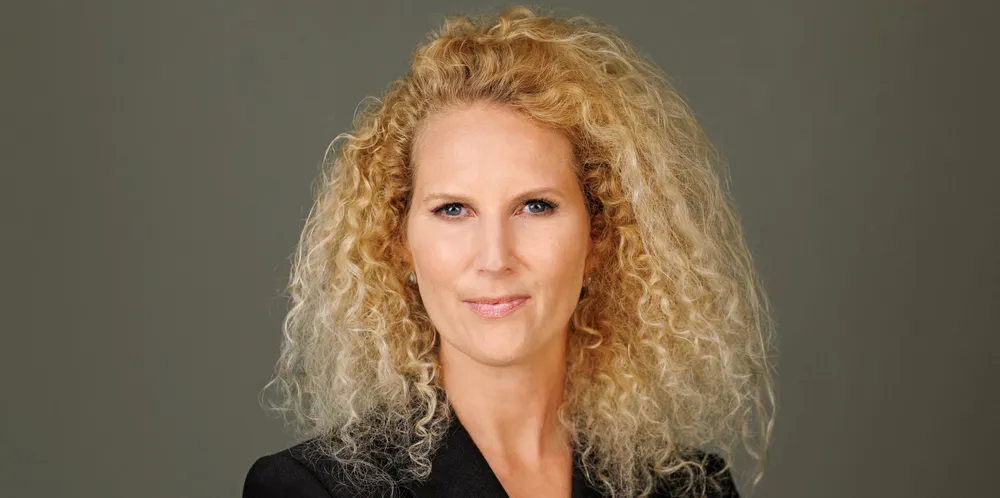'US renewable energy developers are losing the battle for new projects to politically-savvy opponents'
OPINION | The clean energy sector needs to adapt outdated permitting tactics to current 'hardball' realities, write Ayelet Hines and Mike Casey

OPINION | The clean energy sector needs to adapt outdated permitting tactics to current 'hardball' realities, write Ayelet Hines and Mike Casey
